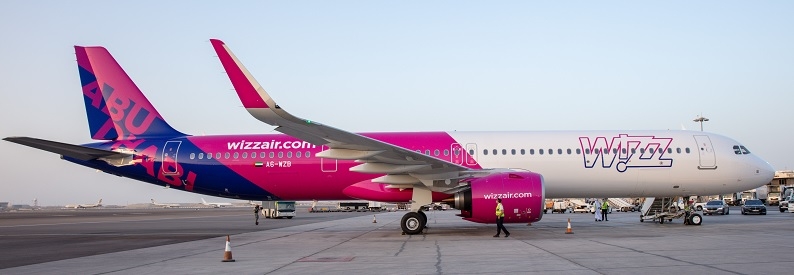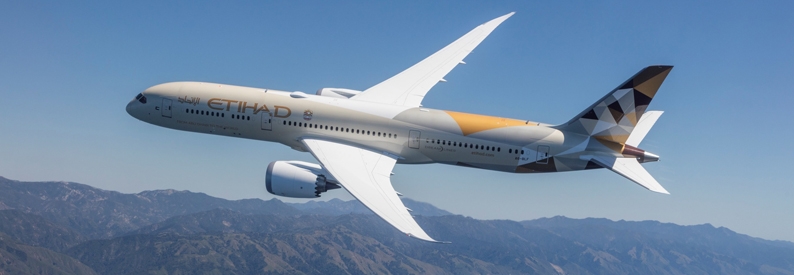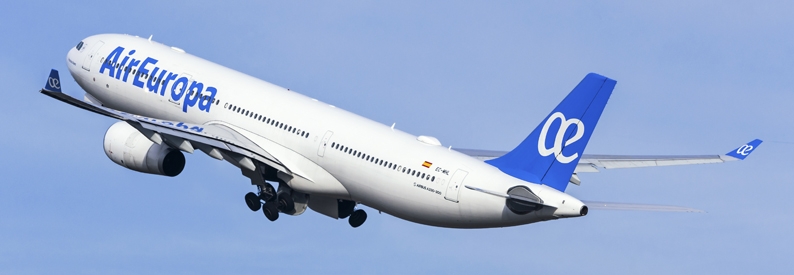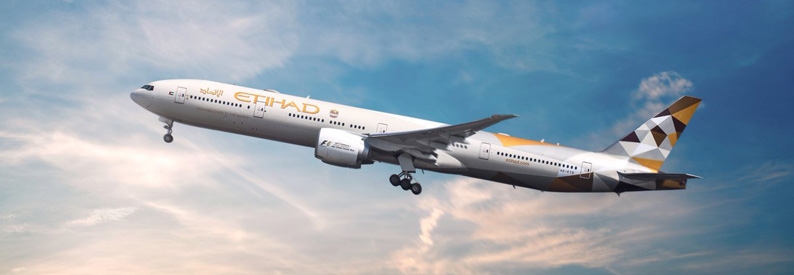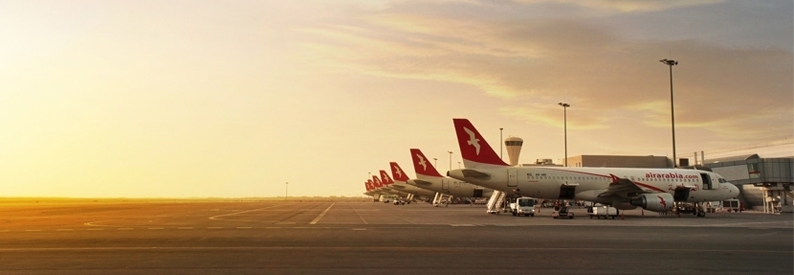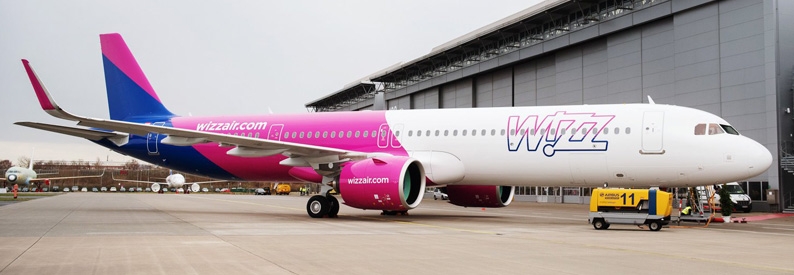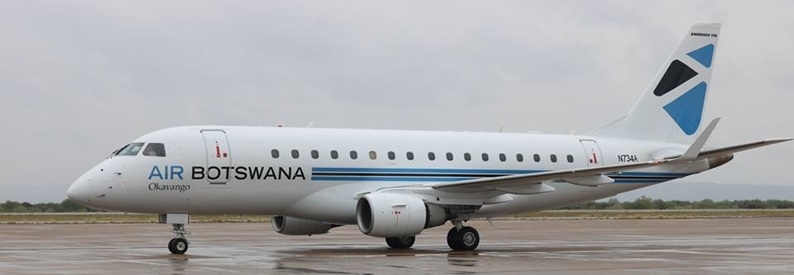Etihad Airways (EY, Abu Dhabi International) will retire its entire fleet of B777-300ERs by year-end as part of a five-year restructuring plan to down-scale into a more commercially sustainable airline.
This was disclosed by Chief Executive Officer Tony Douglas when speaking during the online World Aviation Festival on April 22, 2021. According to the ch-aviation Commercial Aviation Aircraft Data module, the Middle East carrier owns nineteen B777-300(ER)s, some of which it has converted into makeshift freighters in response to increased cargo demand during the COVID-19 pandemic.
“You will see of us (operating) a very focused, a very disciplined operating model which is heavily built around the B787 Dreamliner and A350-1000,” Douglas said.
According to the ch-aviation Commercial Aviation Aircraft Data module, Altavair owns 18 of the B777-300(ER)s while Air Lease Corporation owns one.
The CEO added it was premature to comment on how Etihad's existing order of the Next Generation B777X type fitted into its new fleet plan. Etihad earlier said it remained committed to its order of twenty-five B777Xs, including seventeen B777-9s and eight B777-8s. As previously reported, delivery of the first B777-9s is not expected before the first quarter of 2024. The initial order was placed in 2013 when Etihad was expanding in rivalry with the likes of Emirates (EK, Dubai International) and Qatar Airways (QR, Doha Hamad International).
Etihad’s fleet already comprises 39 Dreamliners - thirty B787-9s (with 21 more on order) and nine B787-10s (with 11 more awaiting delivery).
It has also taken delivery of five A350-1000s (with 15 more on the order book), but they remain stored until international travel demand improves.
Douglas reiterated that Etihad’s fleet of ten A380-800s would remain stored indefinitely, explaining the quad-engined superjumbos were “a wonderful product, but they are no longer commercially sustainable".
He said Etihad would maintain its "hub-and-spoke" network model after the pandemic, “albeit with slightly stronger point-to-point traffic”. The hub model - as opposed to a point-to-point network - has long been a cornerstone of the Gulf carriers' business model as they drew traffic by turning their home bases into global air transport hubs.
- Type
- Base
- Aircraft
- Destinations
- Routes
- Daily Flights

